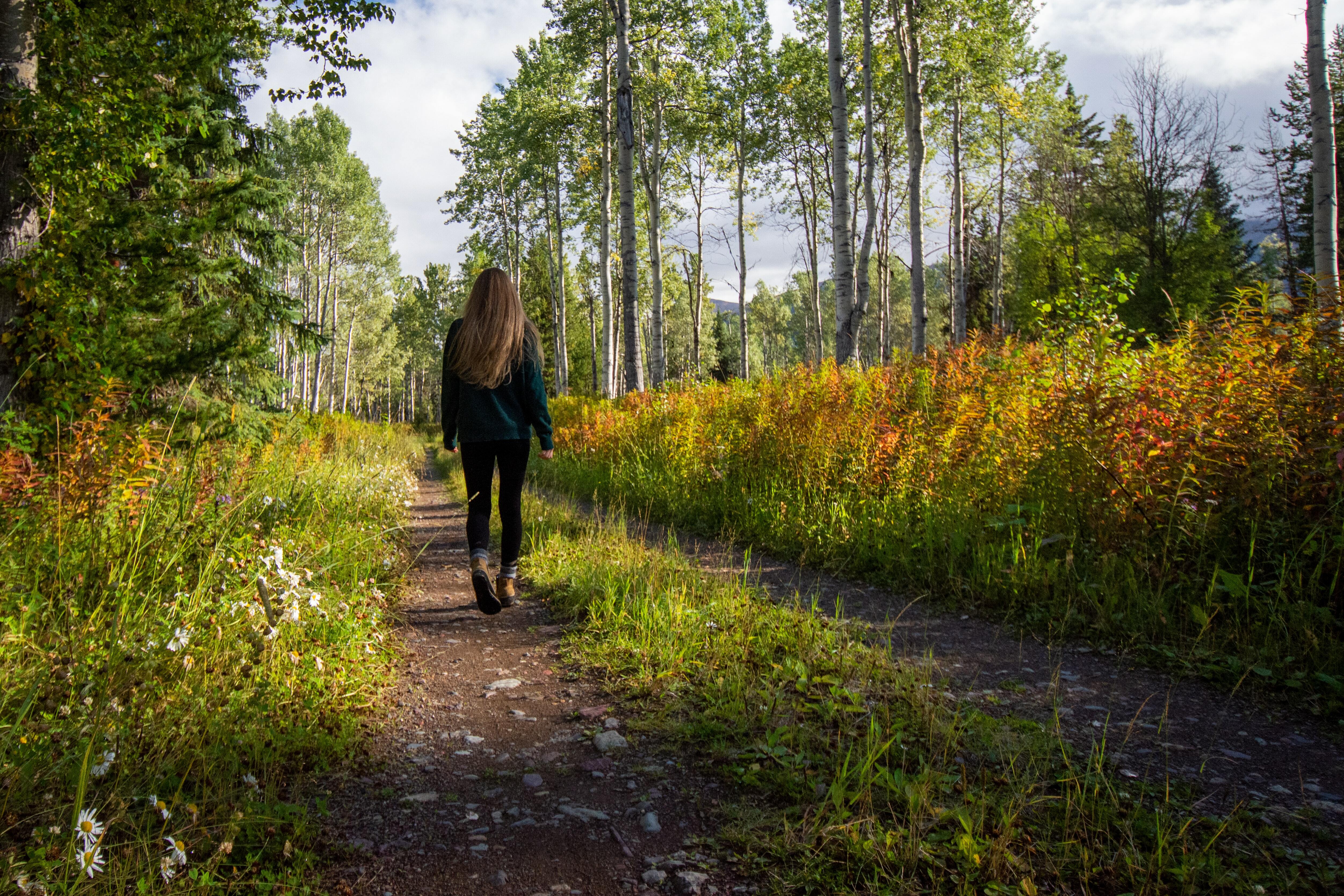People First
Designing biophilia into a piece of furniture isn’t actually the major stop on the creative path. Consideration of people and their needs is the place we, at PLN Group, start. Biophilia is simply the research-backed design ethos we already know delivers on a range of mostly sub-conscious human needs – widely termed neuro aesthetics.
Your Happy Place

The story needed to properly understand biophilia is largely lost to our conscious minds – even though it most certainly exists in our sub-conscious.
Take a look at the image above. A girl, completely at home in an entirely natural setting: her happy place. The Nature of the Space is how we translate that feeling into a built environment.
We can’t readily explain why 95% of people will summon up images of a beach or forest or mountain when asked to think of their happy place. We don’t understand why being in a cosy, quiet space feels so good. Identifying why we feel joy when looking at a wide-open vista is beyond us. We feel, but can’t comprehend, that frisson of excitement when discovering something or someplace previously hidden.
It’s a primal feeling. Yet, undeniably, all of these things are true. Those feelings happen and are largely positive.
The Nature of the Space
These 'feelings' all come under the heading of the Nature of the Space, the toughest bit to get, but arguably the most powerful part of biophilic design. That which delivers on human wellbeing encoded into our DNA and derived from centuries of human existence. Refuge, prospect, mystery and risk are the less tangible elements of biophilia that complete the picture.
So, how do we, or any spatial or product designer, incorporate the Nature of Space into the things we create?
A table can be just a table – a broad top supported by legs of some kind. But how do you take that basic, age-old design and add a biophilic aspect to it that will actually have a positive effect on the humans that will use it?
As we say, “the world doesn’t just need another piece of furniture”.


